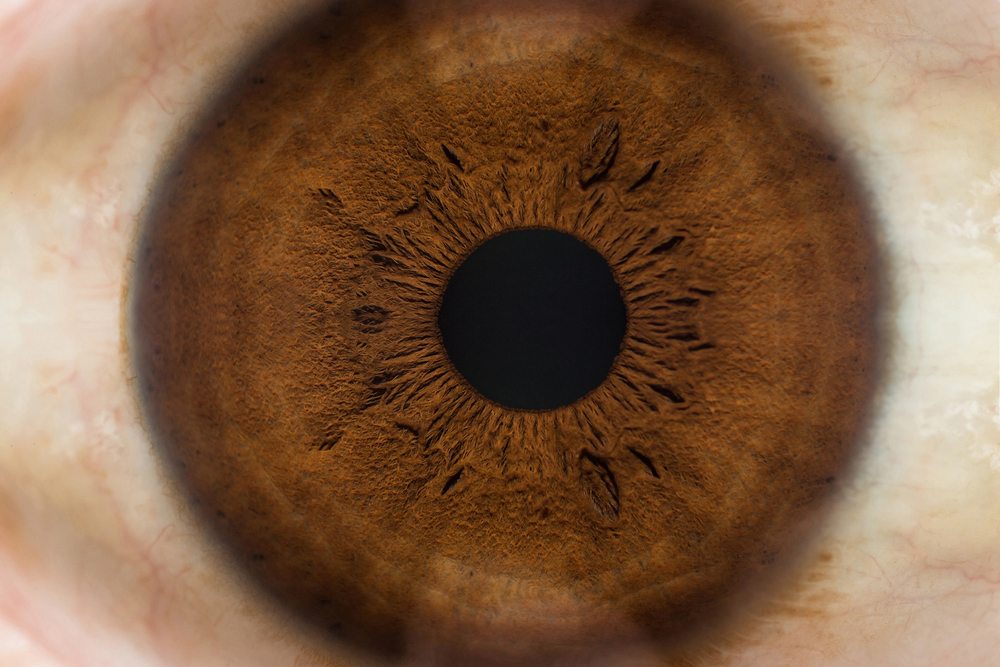OHR Pharmaceutical Inc (NASDAQ:OHRP) reported its fiscal first quarter 2017 earnings this week, and alongside the report, gave an update as to the status if its lead ocular study. The update has resulted in a sharp dip in the company’s market capitalization, and at time of writing, OHR currently trades for a more than 20% discount to its pre-release valuation.
We come across these sorts of situations pretty regularly in our analysis here at Market Exclusive. Our biotechnology analysts will often spot an opportunity rooted in an over exaggerated market response to a release, or a misinterpretation of a company update. These opportunities rest in the potential for a discount entry to a company rooted in the, let’s call it inefficient, response.
The action seen in OHR over the last twenty four hours or so, we believe, is exactly one such opportunity.
Here’s why.
So, for those new to the company, OHR is developing a drug that it calls Squalamine as a potential therapy for a condition called neovascular age-related macular degeneration (wet AMD). Chances are readers will already be familiar with this condition – it’s a very common disease, the leading case of natural blindness in the US and in many global economies, and right now, doesn’t really have any effective treatment on the market. It primarily affects the elderly, and is degenerative, meaning it gets worse over time. t’s generally caused by abnormal blood vessels that leak fluid or blood into the macula, which is in the part of the retina responsible for central vision. By way of its MOA, Squalamine acts against the development of neovascularization by inhibiting multiple growth factors, including vascular endothelial growth factor (VEGF), platelet-derived growth factor (PDGF) and basic fibroblast growth factor (bFGF). Clinical evidence has shown these additional growth factors play a role in angiogenesis and ocular neovascular disease, so this inhibition can – theoretically – stop or slow the degeneration that serves as the root cause of the disease.
That’s the theory, and there’s plenty of evidence to lend credence to the hypothesis. In early and mid stage trials, Squalamine has proven both safe an effective, and the numbers to date suggest it’s a strong contender in the development arena for this space.
So what’s gone wrong?
Well, the drug is currently under investigation as part of an investigator sponsored phase III study, the data from which OHR hopes to use as the underpinning of an NDA for the FDA. It’s this study that the company updated markets on alongside the latest numbers release. Specifically, OHR stated that it had temporarily halted enrollment in the study.
Now, the important thing to note here is not that enrollment has stopped, but why it has stopped. The company wants to get some data in hand before the end of this year, so as to figure out whether the drug is working or not. At the previously planned enrollment number, this wouldn’t be possible (as the time it will take to enroll to capacity would delay the data collection beyond the end of 2017). As such, by halting enrolment now, OHR can get to work collecting and then (and here’s the crux) un-blinding the data as soon as it comes in.
For us, this isn’t a bad thing. Sure, enrolment went slower than expected, and the total patient population on the first readout will be slimmer than hoped. Sure, chances are the company will have to resume enrolment in order to comply with the agreed protocol before packing and submitting an NDA to the FDA. These are relatively unimportant points, however, and far from justify a slip in valuation to the tune seen over the last couple of days in OHR stock.
What it does mean is that we will get some insight into efficacy and safety far sooner than expected. Think of this as a sort of interim look at the numbers, before enrolment resumes and the trial completes.
It’s a bit of a setback in the sense that a drawn out trial will likely result in more cash burn ahead of revenue collection (assuming the drug picks up a green light for commercialization). That’s all, however, and this company has a relatively low burn anyway. Cash on hand is around $13.5 million, and this should easily fund the remainder of the study, enrolment halt or not.
